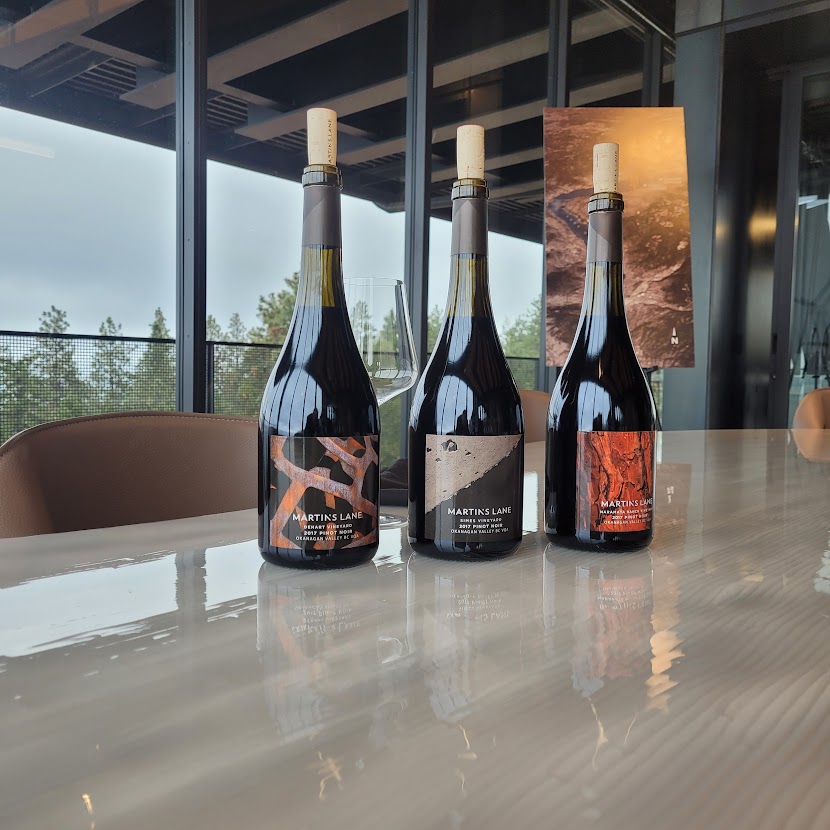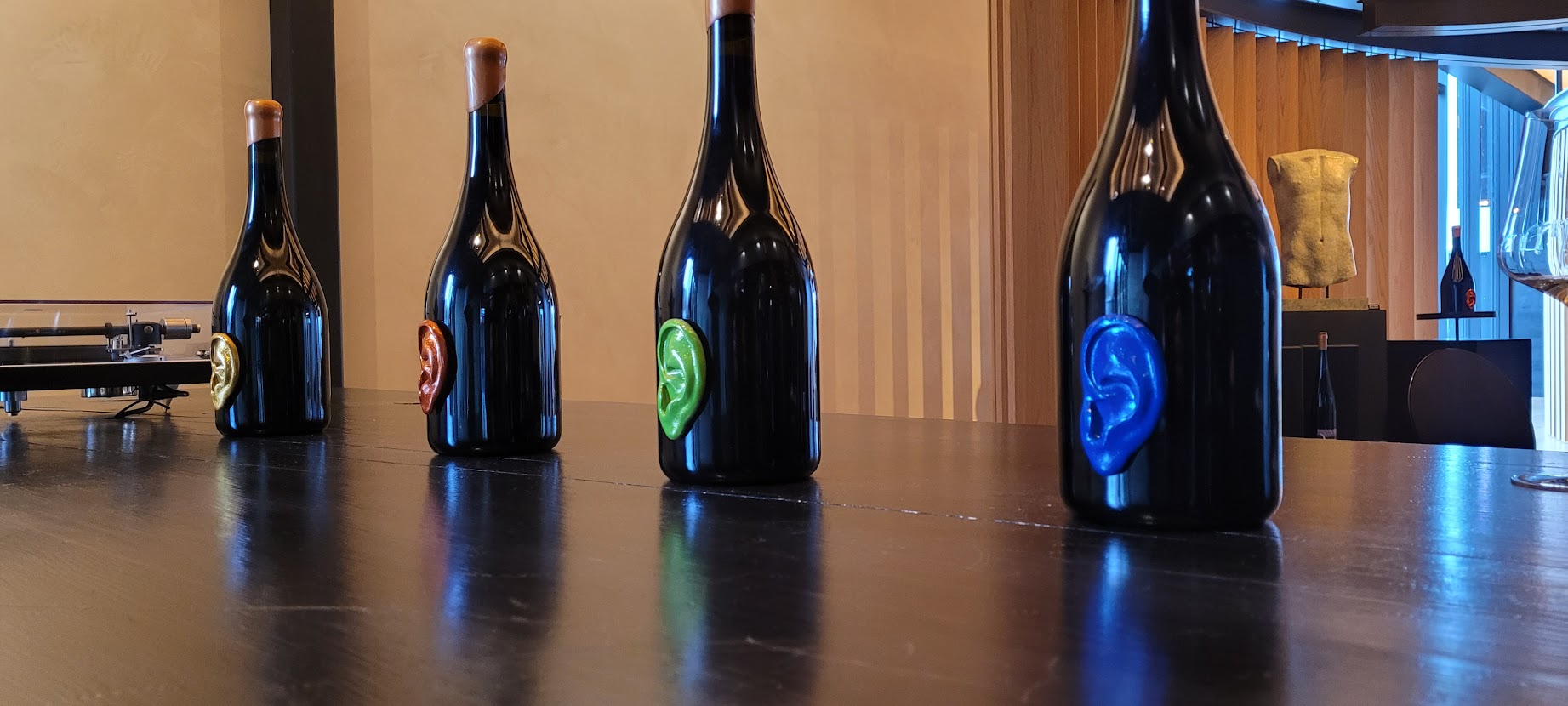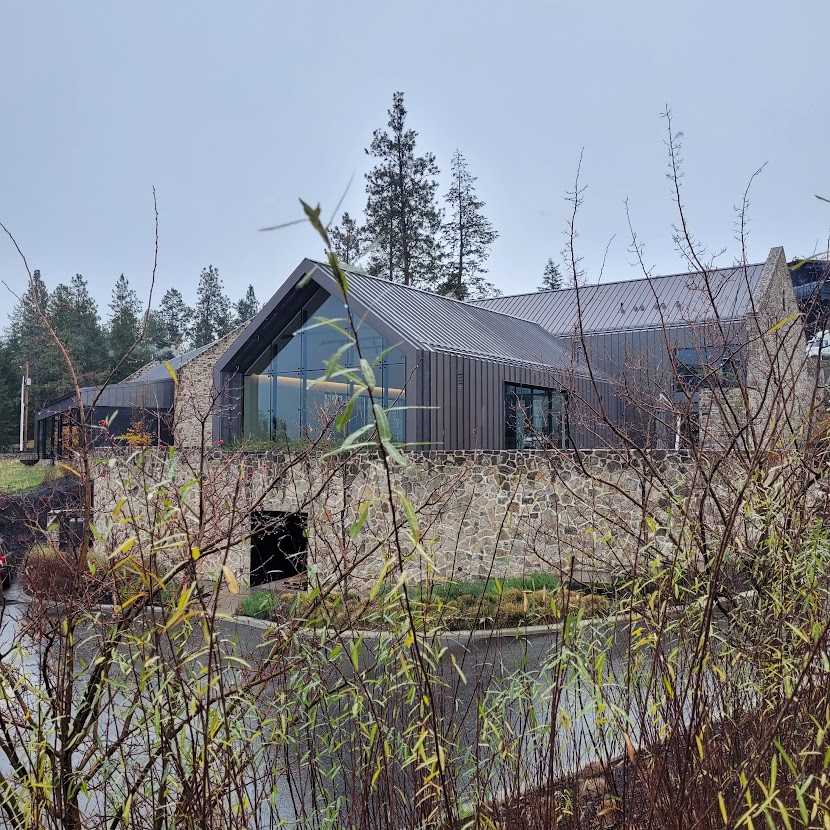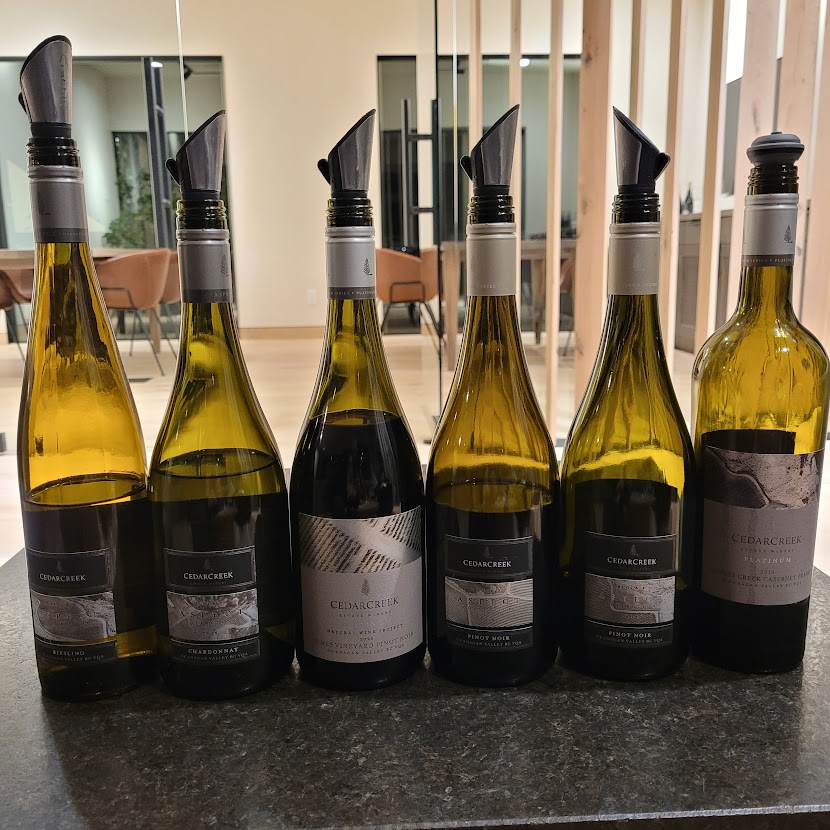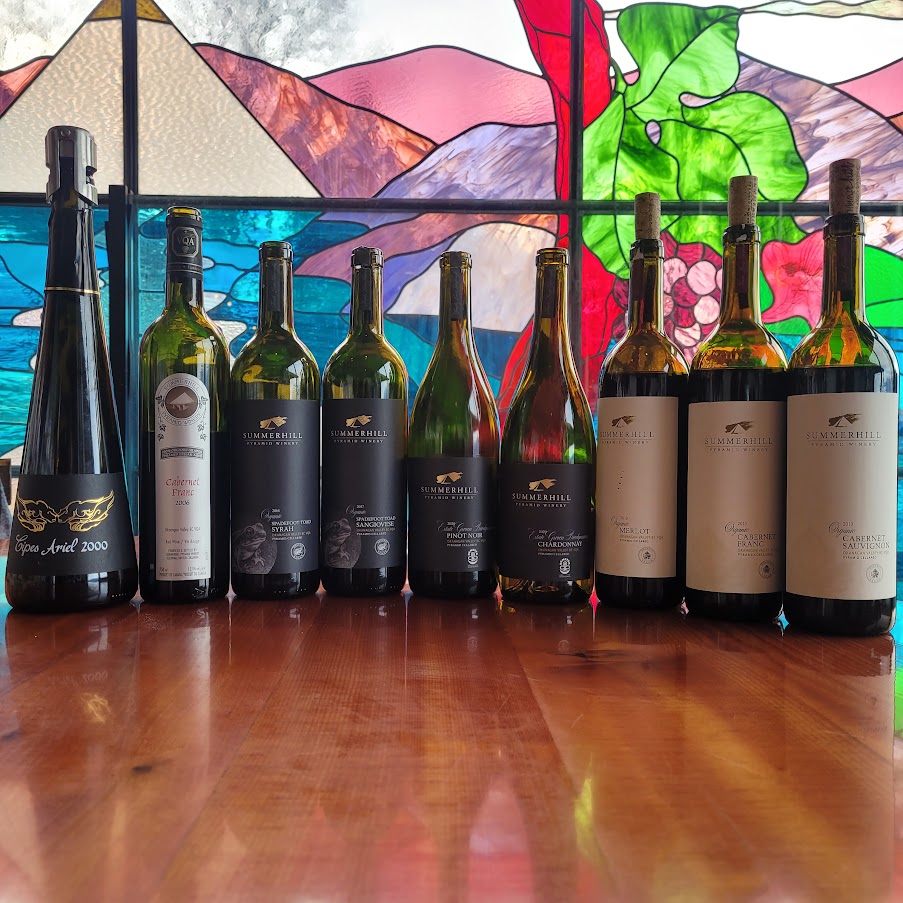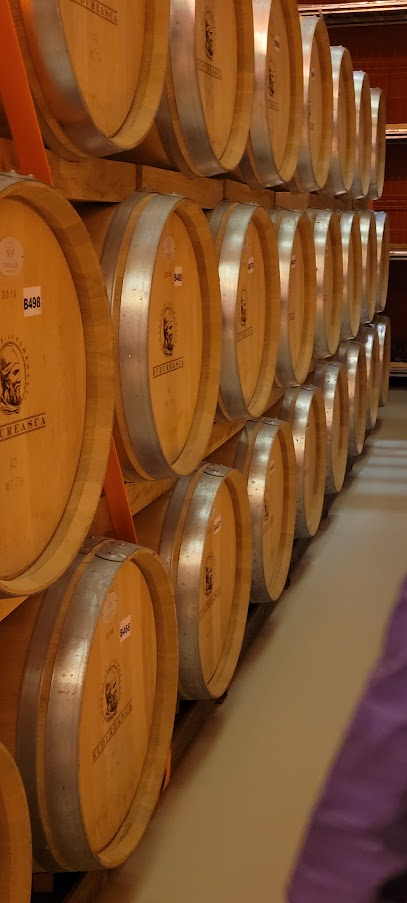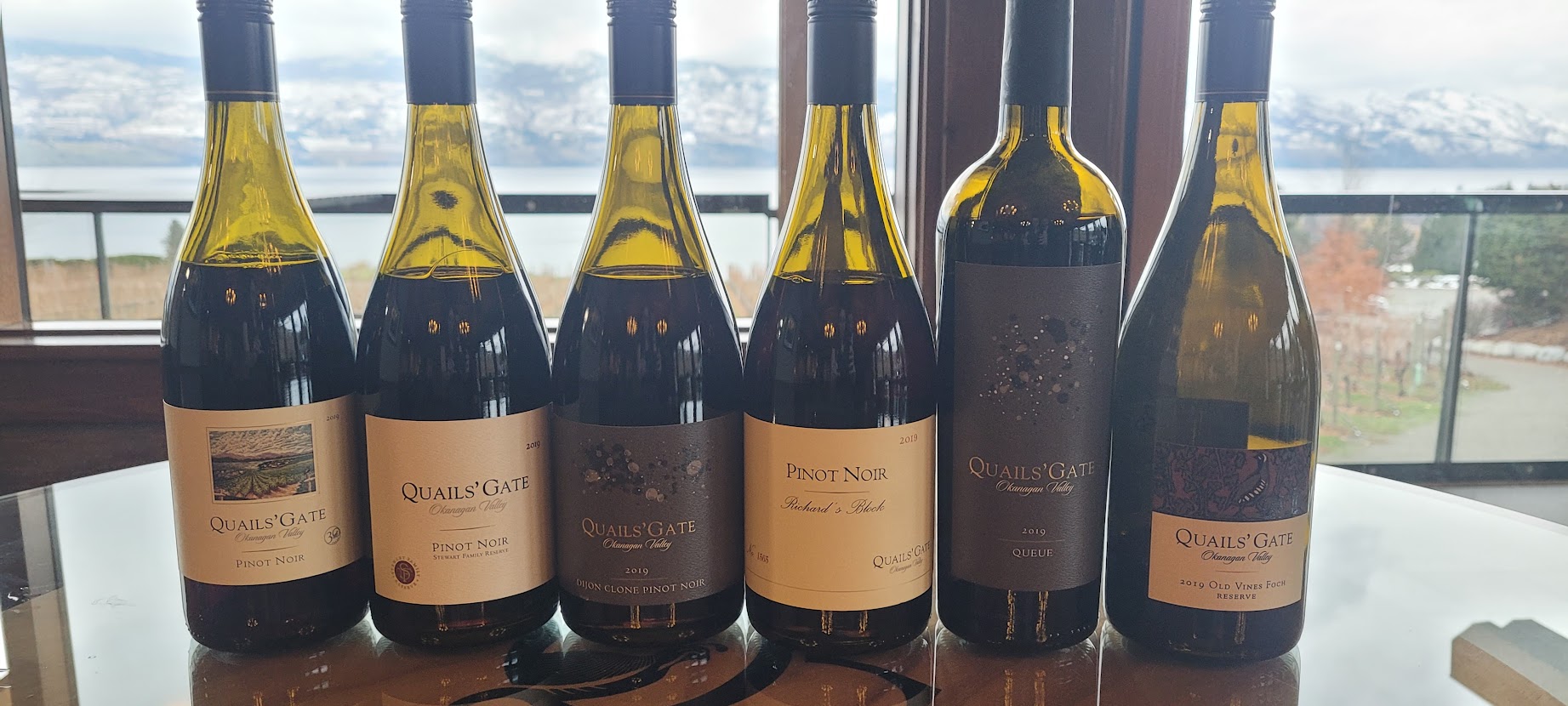
Owned by the Stewart family, Quail’s gate is a pioneer in the region. What started as a nursery
business, when when Richard Stewart Sr. first established in the region in 1908 as set up the
family for decades of history in the wine industry. Quail’s gate was for the first 30 years of the
company, wine growers, to eventually become wine makers for the rest of their existence.
The first grapes to be planted was Chasselas in 1962, while they taught it was Riesling at the
time, it became even today, one of their best sellers in their Chasselas, Pinot blanc blend.
They now have 15 grape varietals planted all around the Okanagan. While they do have a
good amount of vineyards right around the winery, 85 ha, they actually own 250 ha in 6
different spots from North to South of the valley.
The modern and beautiful wine shop overlooking the vines was built in 2007 and makes for
the perfect tasting setting.
WEST KELOWNA
Quail’s Gate’s Chardonnay
Quails’ Gate is known for its ideal site for growing varietal grapes, especially
Pinot Noir and Chardonnay. In short order the Stewart Family realized the
potential for premium wines from these varietals which have become the
main focus of the winery. Other varieties include Riesling, Merlot,
Gewurztraminer, Chenin Blanc, Cabernet Sauvignon, Sauvignon Blanc,
Pinot Blanc, Marechal Foch and Chasselas.
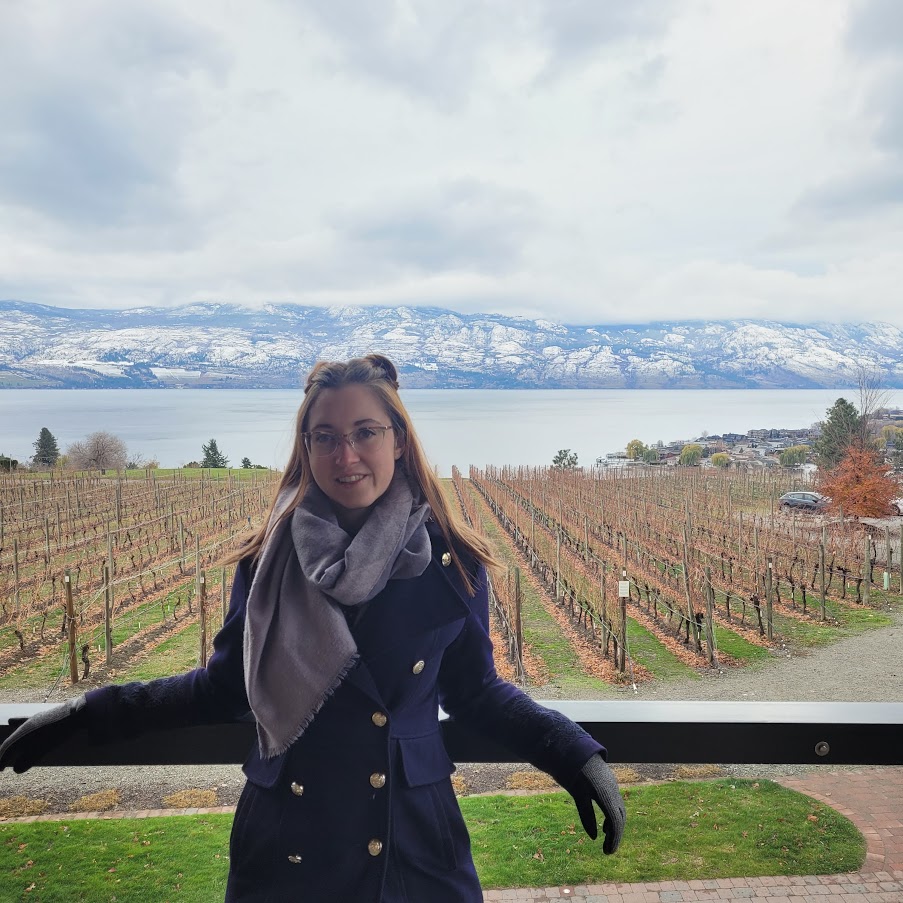
STEWART FAMILY VINEYARD CHARDONNAY 2019
Composed of clone 95 exclusively this is the estate’s flagship white, grapes
are grown on the volcanic slopes of Boucherie Mountain just above the
winery. The Stewart Family Reserve Chardonnay is whole-cluster pressed
and 100% barrel fermented in new and neutral French oak. Full malolactic
fermentation was carried out to enhance the mid-palate, with aging on lees
and regular battonage. It shows a rich creaminess that relates its new world
style. It’s fragrant an opulent with a mature orchard fruit aromatic profile.
Deliciously rounded.
ROSEMARY’S BLOCK CHARDONNAY 2019
Situated on the north side of Boucherie Road at Quails’ Gate’s Estate in West
Kelowna, Rosemary’s Block has a pristine view of Okanagan Lake and is
recognized for the quality of its grapes. Part of the founder’s reserve series,
these are limited release. Clones 76, 809 and 277 planted in 1996, wholecluster pressed and 100% barrel fermented in a mix of new and old French
oak. It’s a very elegant, graceful expression, showing a perfumed style,
delicate finesse as well as some phenolic bitterness that gives it length. It’s a
gorgeous wine with tension and freshness.
CHENIN BLANC 2019
A fresh, lively and stony Chenin Blanc. It shows floral notes, as well as crisp
acidity and a mellow volume on the palate. Very recognizable as it is varietal
accurate and simply pleasant. Honeysuckle and citrus are shining as main
aromas, but also pear and saltiness.
Quail’s Gate’s Chenin Blanc
CLONE 220 CHENIN BLANC 2020
Clone 220 originates from Loire valley and is characterized by its thicker skin.
Mostly fermented in concrete eggs for 9 month, this is a top-tier expression of
this varietal. Fully concentrated, it shows classic quince, honeydew,
elderflower and candle wax aromas with also some savory notes of sage. It’s
definitely one of the most complex and flavorsome Chenin in the valley.
CHENIN BLANC 2019
A fresh, lively and stony Chenin Blanc. It shows floral notes, as well as crisp
acidity and a mellow volume on the palate. Very recognizable as it is varietal
accurate and simply pleasant. Honeysuckle and citrus are shining as main
aromas, but also pear and saltiness.
Quail’s Gate’s Pinot Noir
ESTATE PINOT NOIR 2019
Quail’s Gate estate pinot noir profile shows very mature fruits, plum, and figs
as well as an empyreumatic style with tar and coffee aromas. The lively
acidity brings all the freshness and character to the juicy palate. It’s aged 9
months in neutral oak, giving it some welcomed volume.
STEWART FAMILY RESERVE PINOT NOIR 2019
Sourced from our finest blocks on the Boucherie slopes just across from the
winery with some vines dating back to 1970. This wine is made in limited
quantities and shows great elegance and finesse. Opens very delicately to
black cherry, truffle, plum, licorice, with vanilla oak presence. The palate is
firmly structured with rich, concentrated volume and a slight bitterness to the
finish.
DIJON CLONE PINOT NOIR 2019
This wine is an exclusive blend of the best and oldest Dijon Clones in the
estate. Blended from 16-year-old Dijon clones 115 and 667, aged in gross
lees in French oak for 10 months of which 60% are new and 40% are 1 year
old. Only 55 cases of this wine were produced. It is very Burgundian in style
with earthy tones, forest floor, mushroom, and beautiful violet aromas. It’s a
very aromatic and fragrant wine. The palate is rich and supple, very elegantly
soft.
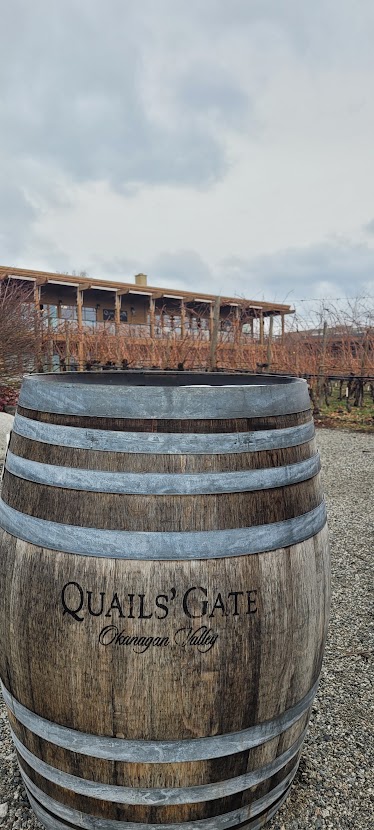

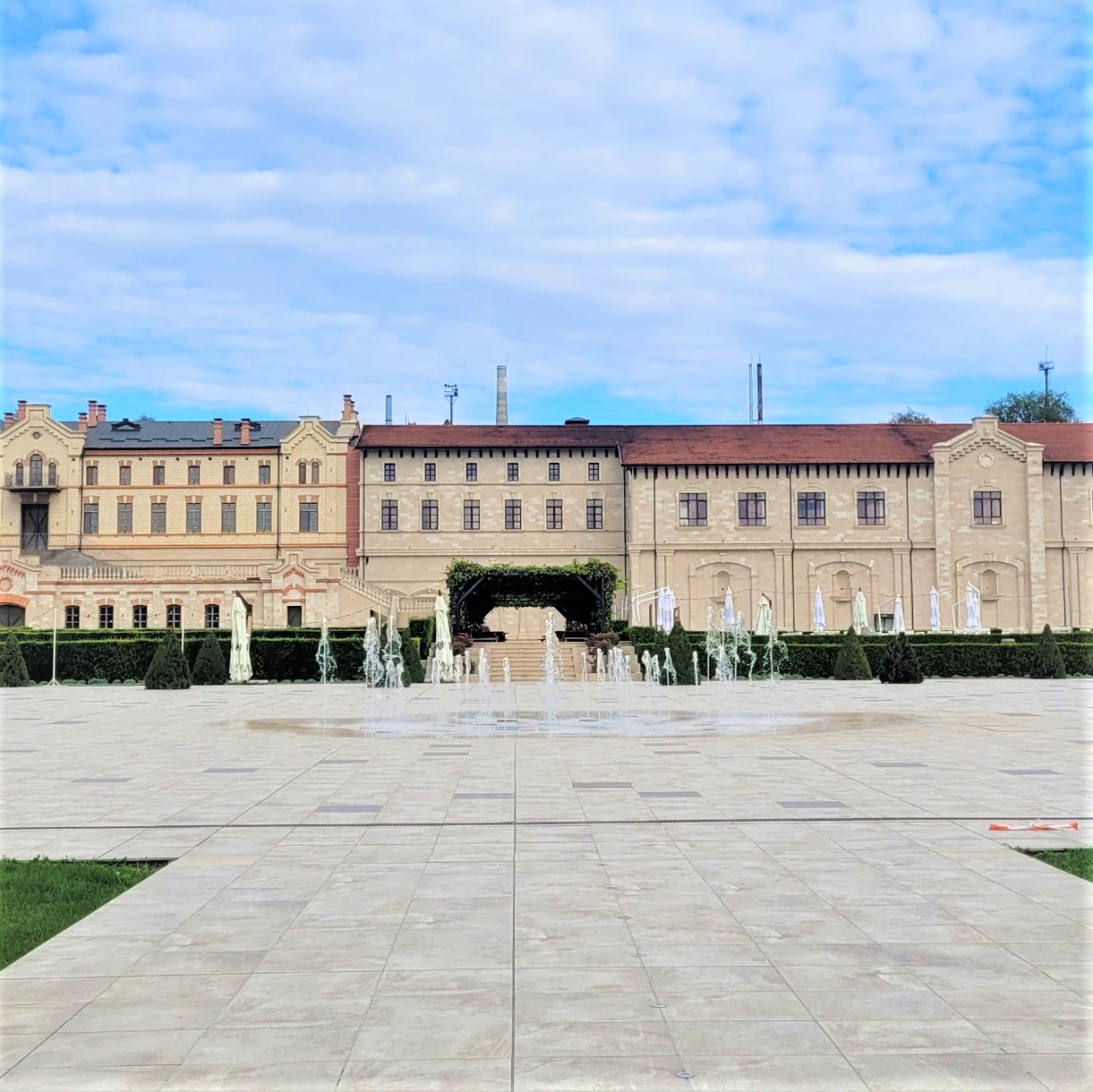
 History
History

